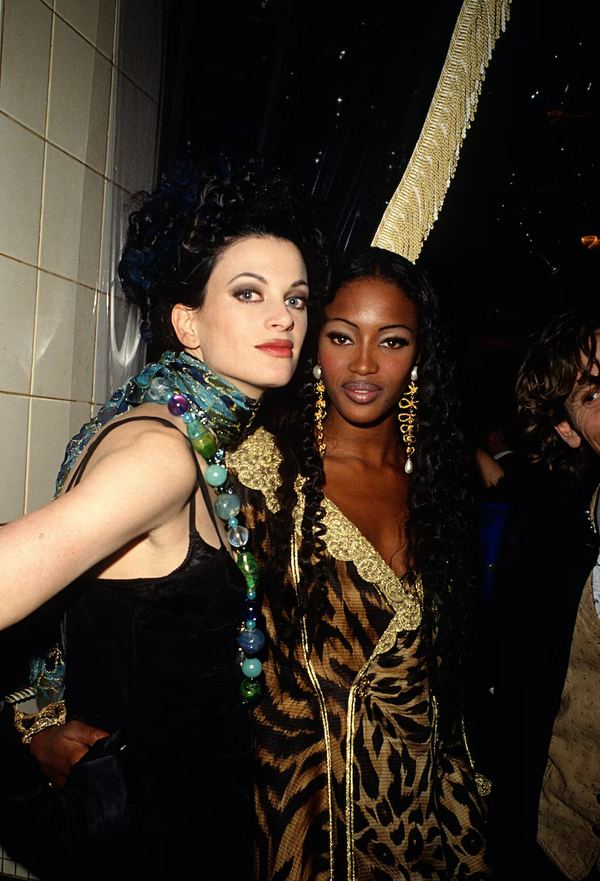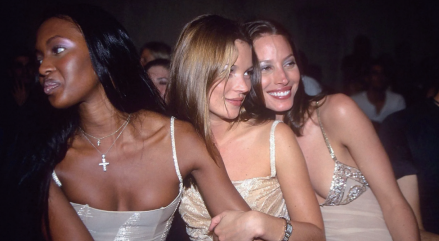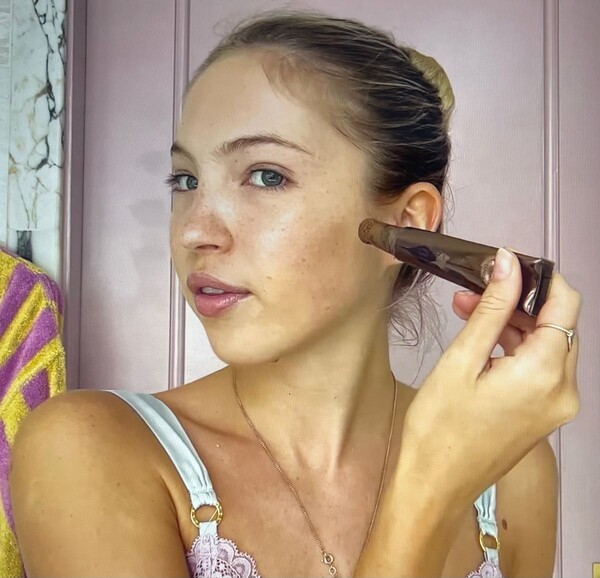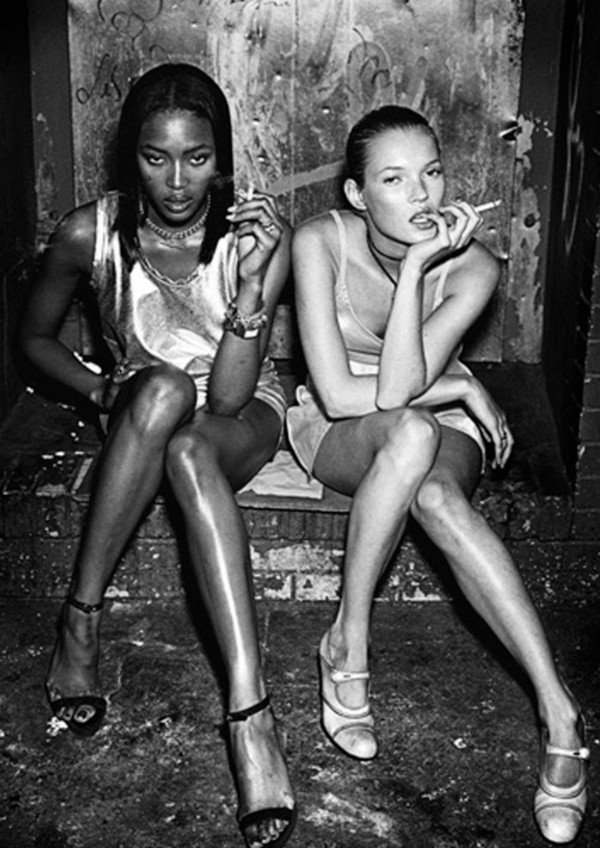With the Victoria’s Secret runway shows returning this year after a four-year hiatus, the discussion regarding ultra-thin models has also resurged. In this fabulous world full of nepotism, eating disorders, and Photoshop, the Sungkyun Times (SKT) explores the meaning of being a fashion model, its glowing mess, and its growing potential.
*Trigger warning: this article discusses eating disorders

Started, Ended, Started Again
Modeling is a profession where someone serves as a visual aid to advertise or display a product. It was first labeled as a profession in 1853 when fashion had a higher focus on art. This focus soon disappeared as the modeling industry transitioned into an era of glamorous high-fashion models in the 1990s. Commonly called the “‘90s Model,” the title was given to models participating in heroin chic, characterized by pale skin, dark circles, and a deathly slim figure, resembling symptoms of drug addiction. During this time, the fashion industry shifted its focus from artistry to model’s body shape. In recent years, the ‘90s model body lost popularity when the body positivity movement started challenging how society promoted and advocated for people of all body types. However, in an era where almost everyone has access to media, celebrities set the standard of beauty. Today, it only took a few articles about the American celebrity family Kardashians’ extreme weight loss transformation for the mass hysteria around ‘90s thinness to return.
Glamorously Painful
-"Nothing Tastes as Good as Skinny Feels"
The reason for the uproar against the return of ‘90s thinness is because of its severe consequences. One of them is the glorification of eating disorders, defined as a persistent disturbance in food consumption. In September, there were fake rumors that every celebrity who lost weight had been using Ozempic — a diabetes medication that curbs hunger. This led to an abnormal amount of people purchasing Ozempic for weight loss, so much so that it led to a shortage even after these celebrities denied this as fact. Likewise, when models on social media start to look like underweight bodies paired with a seemingly glamorous life, portraying a disorder as a valid lifestyle choice is inevitable. The return of ‘90s thinness also impacts models who do not fit into the slim body type, that is, the “perfect plus” phenomenon. In an interview with Allure, Hunter McGrady, a plus-size model, expressed her disappointment when an agent told her to lose weight to become an “acceptable plus body.” The beauty standard has been consistent since the ‘90s, only swept under a body-positive rug.
-Living Mannequins, Still Real
It is not a secret that fashion models go through incredibly harsh conditions on their path to fame. One aspect that often goes unspoken is the pressure on models to fit into the designers’ sample sizes. These are standard sizes for designers, which tend to be very small because it is cheaper and faster to create. If models cannot fit into the sample, they cannot model for the piece, which is one of the reasons why many models struggle with weight loss. Within the fashion industry, models are seen simply as objects to display a product — a mannequin — which puts them in a highly vulnerable position. According to the Model Alliance, about 30% of models report some form of sexual harassment during a photoshoot. Non-consensual touching and uncomfortable sexual remarks are common in the industry, and yet two-thirds of women who report this to their agencies are told it is part of the job. On the other hand, some models have guaranteed job security and often do not realize their privilege within the industry. These are nepotism baby models (nepo baby) who have cruised their way into fame through their wealthy parents. Model Vittoria Ceretti spoke up regarding the nepo baby discourse by saying, “I would love to see if nepo babies would have lasted through the five years of my career. You have no idea how much you have to fight for people to respect you.”
Solving the Industry
Although the problems seem inevitable, there are ways to improve the modeling industry. Models showing what their job entails could mitigate the harmful impact of the industry. A recent example of this is Lauren Stevenson, a model who regularly posts vlogs of her photoshoots and the photo editing process while speaking on her insecurities and struggles as a model. This forms a connection between the model and the audience, helping the public understand a model’s experience. It is also crucial that models’ mental health is taken care of by agencies changing the way they communicate with models. A model in training confessed to the SKT that she had conflicting ways of handling weight loss with trainers telling her to, “Diet like you are dead,” and another telling her that it is important to stay healthy. This calls back to the sample size discourse, in that the focus should not be on how to make models fit into the sample sizes, but to actually change the sample sizes themselves. It is argued that the sample size was set because it is the most effective way of showing a design. Either way, a runway collection will be produced in a range of sizes. A sample size is an excuse to leave the fashion industry “the way it was.” Models should not have to beg to be heard by agents when they speak up.



Reforms and mental health support are crucial in the revival of ‘90s thinness. It is not a secret that the fashion industry favors thinness, but being thin is not a crime; the abuse of power against models is.
